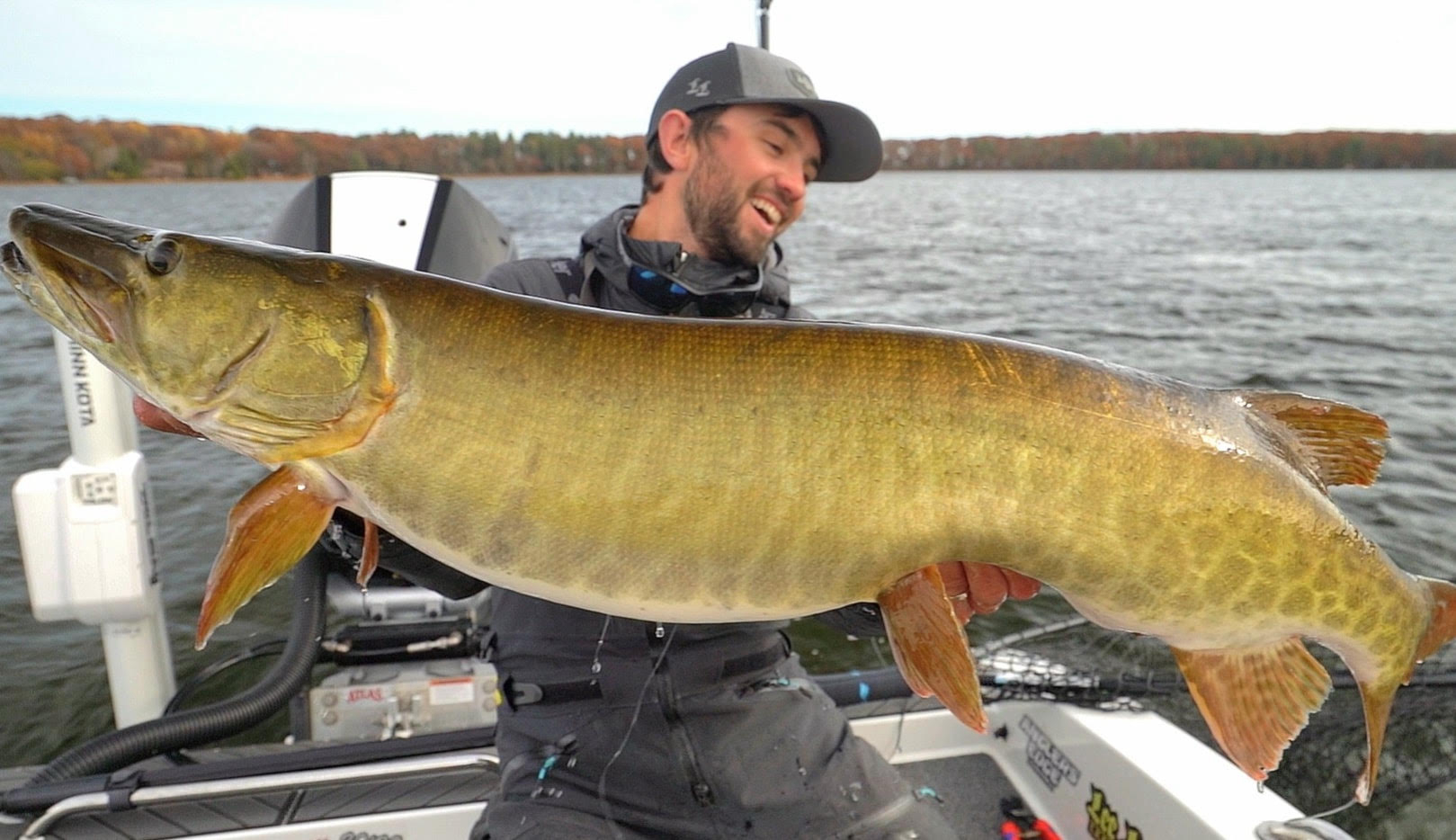Fishing Tournament Information System a valuable tool for fisheries managers and the public
Bass fishing tournaments are very popular in Michigan, and for the past nine years the state Department of Natural Resources has been collecting and tracking data from them in its online Fishing Tournament Information System.
By law, fishing tournaments targeting bass and walleye – as well as any competitive fishing event, regardless of structure, that targets muskellunge – are required to register their events with the DNR and report results after the tournament has ended. The Michigan Natural Resources Commission put these requirements in place for bass tournaments in 2016, with walleye and muskie requirements added in 2019.
The idea was to gain a better understanding of how much fishing tournament activity occurs in Michigan annually. In particular, the commission sought to identify which bodies of water are used and how many anglers participate in tournament fishing, as well as collect catch and biological data on the fish that are caught to supplement the DNR’s own fish survey capabilities.
These requirements and the development of the Fishing Tournament Information System have resulted in a successful program and an information-gathering tool that have helped the DNR better understand a valuable angler group while providing large quantities of social and biological data for use in future fisheries management discussions.
Most fishing tournaments in Michigan follow the same basic setup and must comply with all state recreational fishing regulations, including licensing requirements, seasons, size limits and daily angler possession limits.
Generally speaking, tournament anglers meet at a lake on a predetermined day and time and then fish for the targeted species, placing legally caught fish into their boat’s live well. At the conclusion of the event, anglers meet back at a centralized location, usually a boating access site, where the catch of each angler or team of anglers is weighed. The total fish weight for each angler or team is then compared against others in the event, with the heaviest catch declared the winner. After the weigh-in, the fish are released alive back into the body of water where they were caught.
“Annually, around 2,600 bass, 100 walleye and 15 muskie tournaments occur as registered in Michigan,” said DNR fisheries biologist and tournament specialist Tom Goniea.
These events are spread out over 300-plus bodies of water per year and average around 14 boats and 26 anglers per event. Annually, anglers spend around 350,000 hours fishing in these tournaments, handling and releasing more than 125,000 fish.
“This level of angler interest and participation rivals that of the Michigan charter boat fishery on the Great Lakes, making tournament fishing and tournament anglers a substantial subset of Michigan’s recreational angling community,” Goniea said. “Tournament activity is definitely a statewide draw, with tournaments occurring throughout Michigan, but we have found over the years that the highest concentration of events occurs in the southern half of the Lower Peninsula in counties close to the more established population centers.”
The most popular bodies of water for tournaments include Lake St. Clair (between the St. Clair River and Detroit River systems), Muskegon Lake (at the mouth of the Muskegon River) and Gull Lake, Gun Lake and Austin Lake, all in southwest Michigan in the greater Kalamazoo area.
Every tournament director has a unique account in the Fishing Tournament Information System, or FTIS, where they submit all tournament registrations and reports online.
Additionally, tournament directors can use the system to search for and access the contact information of other directors, which allows for communication and coordination between events, greatly reducing the potential for multiple or competing tournaments on the same body of water at the same time.
While the system was designed for the explicit purpose of allowing tournament directors to register and report their tournament activity in compliance with legal requirements, there are also benefits to the public.
“The FTIS has a public-facing interface that anyone can use to search for fishing tournaments by body of water, county and date or date range,” Goniea said.
While most tournaments are private club events and are not open to public entry, the system’s public interface allows lakeshore property owners, anglers and other recreationists to search for and monitor tournament fishing activity on waters or in regions of the state that interest them. This feature can be helpful for those looking to find, or to avoid, tournament fishing activity when planning their own recreational outings.
In addition to the search features, the DNR’s FTIS webpage also includes links to annual program summary reports as well as other tournament-related information. Find the page at Michigan.gov/FishingTournaments.
DNR Fisheries Division Chief Randy Claramunt said the program has really exceeded all initial expectations when first introduced in 2016.
“Since its inception, the Fishing Tournament Information System has developed into an integral tool for the Fisheries Division to understand the breadth and scope of tournament fishing within Michigan while also providing a wealth of biological data that our biologists can use to better manage the public’s resources,” Claramunt said.
Goniea concurred.
“I would have never anticipated the amount and quality of data coming in through this program when we started,” said Goniea. “It really has been a positive step in fisheries management in Michigan.”






